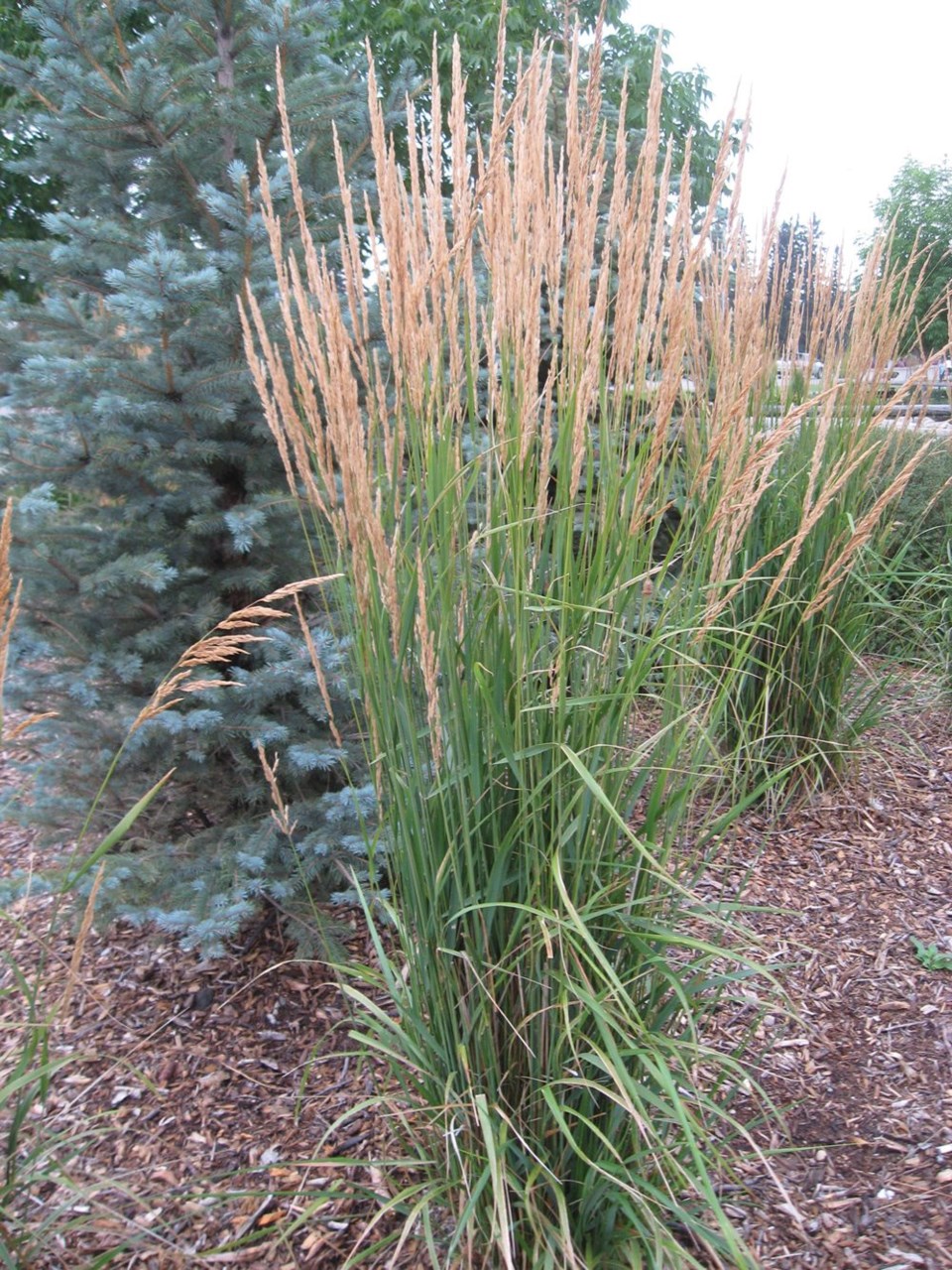Gardeners are waiting impatiently for winter to finally give up its grip so they can begin creating their 2018 outdoor gardens. In the meantime, March is perfect for planning and designing.
How about a theme garden this year? Choose a colour and make that your theme — purples and burgundy-toned flowers and foliage for a dark and moody space, or a sunshine garden of yellows and oranges. The use of accessories can also suggest a theme such as using agricultural artifacts and equipment, or, how about a Mediterranean theme?
Decide on where you are going to undertake your project (will it include the whole garden or just one area of the landscape?) then establish what plants would be suitable for that particular location. Will it be a shade garden or one in full sun? Will it be a large rectangular space or a long narrow section, such as a side yard? Will there be space for larger plants such as shrubs and large herbaceous perennials or will you be limited to using smaller annuals and perennials? How much space will be available for accessories?
A colour theme is one of the easiest. A vibrantly bright sunshine garden can be produced using plants with yellow flowers. For the best impact, varying hues and tones of the colour should be used to add interest. Perhaps bright-yellow Inca yellow and Lulu marigolds can be combined with pale-yellow daylilies, some taller Lorraine Sunshine heliopsis — using variegated foliage will add to the overall effect — and golden rudbeckias. Golden-leafed hostas and bright-yellow creeping Jenny are two plants that have great yellow foliage.
For a darker-colour theme, burgundy-leafed ninebark, Othello ligularia with its large leaves having deep-burgundy undertones, and appropriate varieties of heuchera might be companions for purple-flowering plants like salvias, monkshood, campanulas (including Blue Clips) and sages. Annuals, including lisianthus, petunias, and pansies might also be used. Include plants with blue-tinted foliage such as dwarf blue spruce and blue hostas.
A Mediterranean-theme garden could be created by using reclaimed bricks and lots of herbs and brightly coloured flowers such as nasturtiums and marigolds.
Maybe you’d like to try creating a xeriscape? Select an area of the garden that is challenging to successfully grow plants. Lay down landscape fabric and cover it with attractive rock or mulch of some kind. Then select a few specimen plants and some suitable objects (these might be rocks) and create your xeriscape. Perennial grasses are very suitable, as are small shrubs such as barberry. Perennials with substantial foliage that stays attractive all season, such as daylilies, are another possibility.
Have you ever wanted to create a very formal-looking space, inspired by pictures of the formal gardens in France and Italy? Planting low hedges of perennials, such as catmint, or shrubs such as cotoneaster, to form hedgerows around flower beds or along walks will be time consuming, but rewarding when you finally see the finished product. Perhaps you could create a square rose garden surrounded by a low hedge.
Maybe whimsy is more to your liking and you have some whimsical garden accessories that you would like to use. This theme would be informal and fun and the plant choices could be an eclectic mix of your favourites — no formality here.
Whatever theme you choose, make it your own and enjoy the process of planning it while you wait for spring to arrive.




